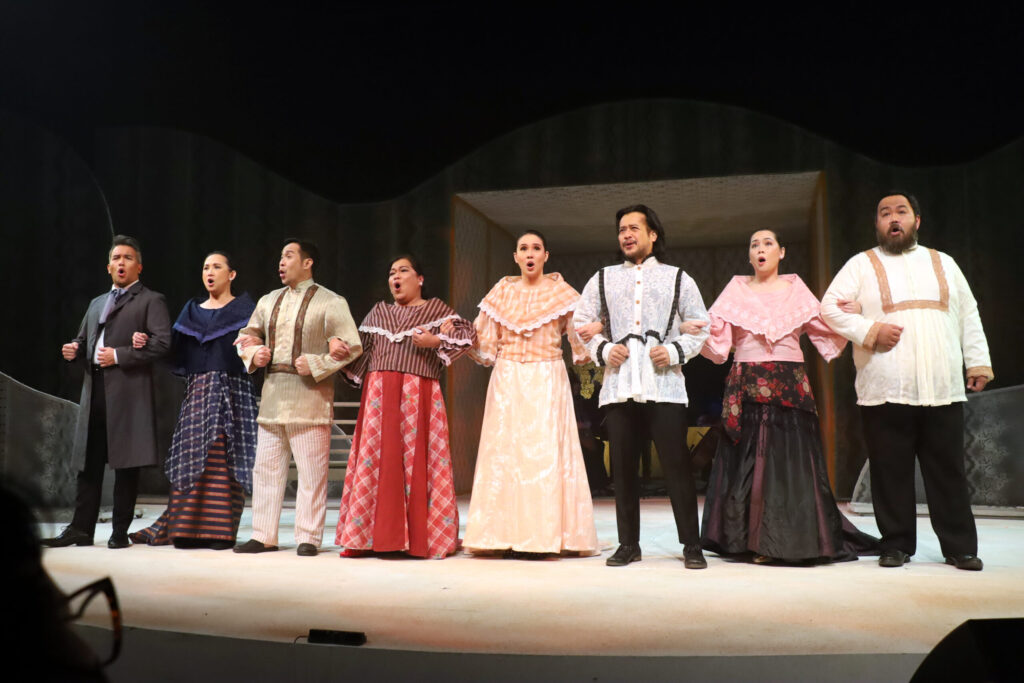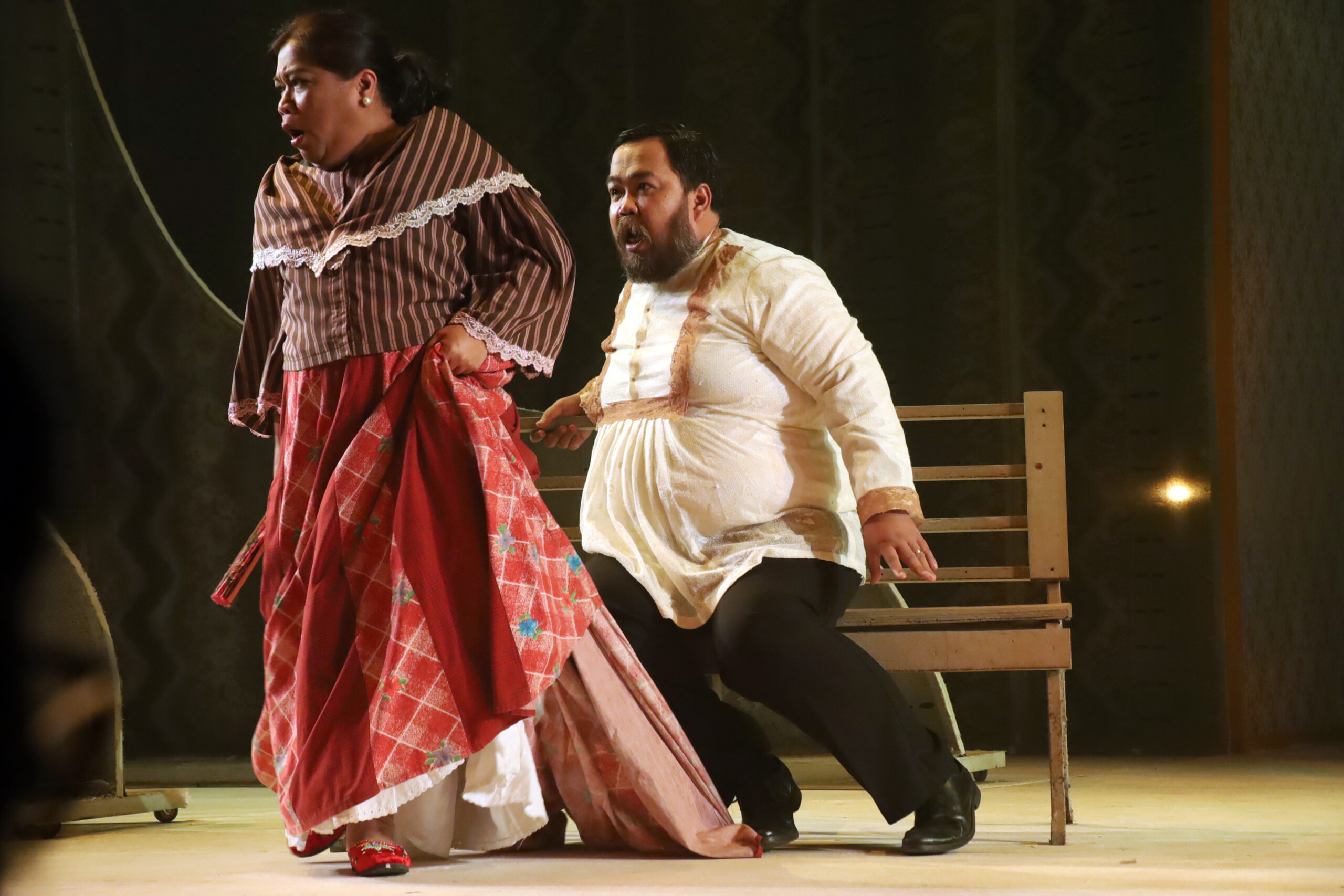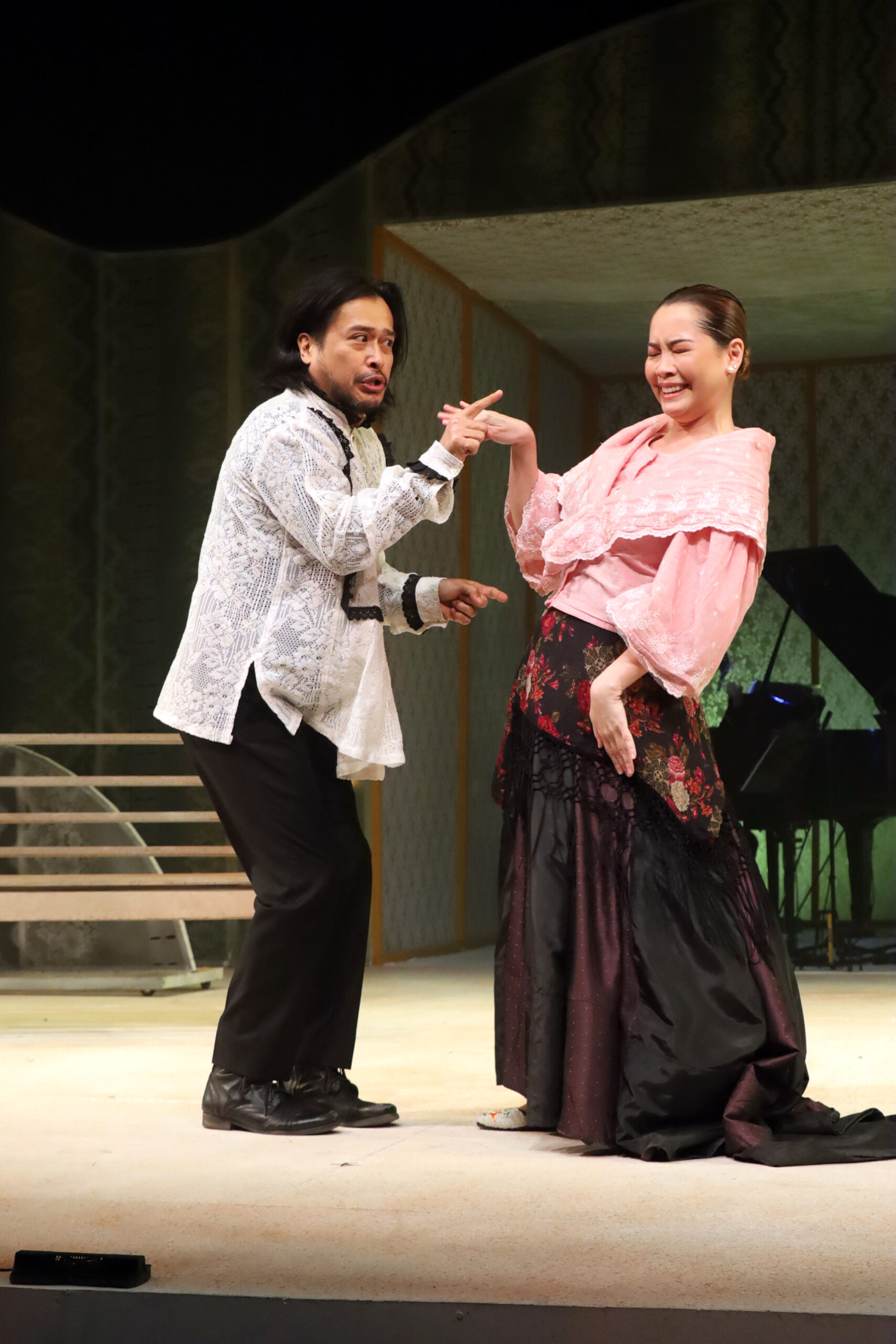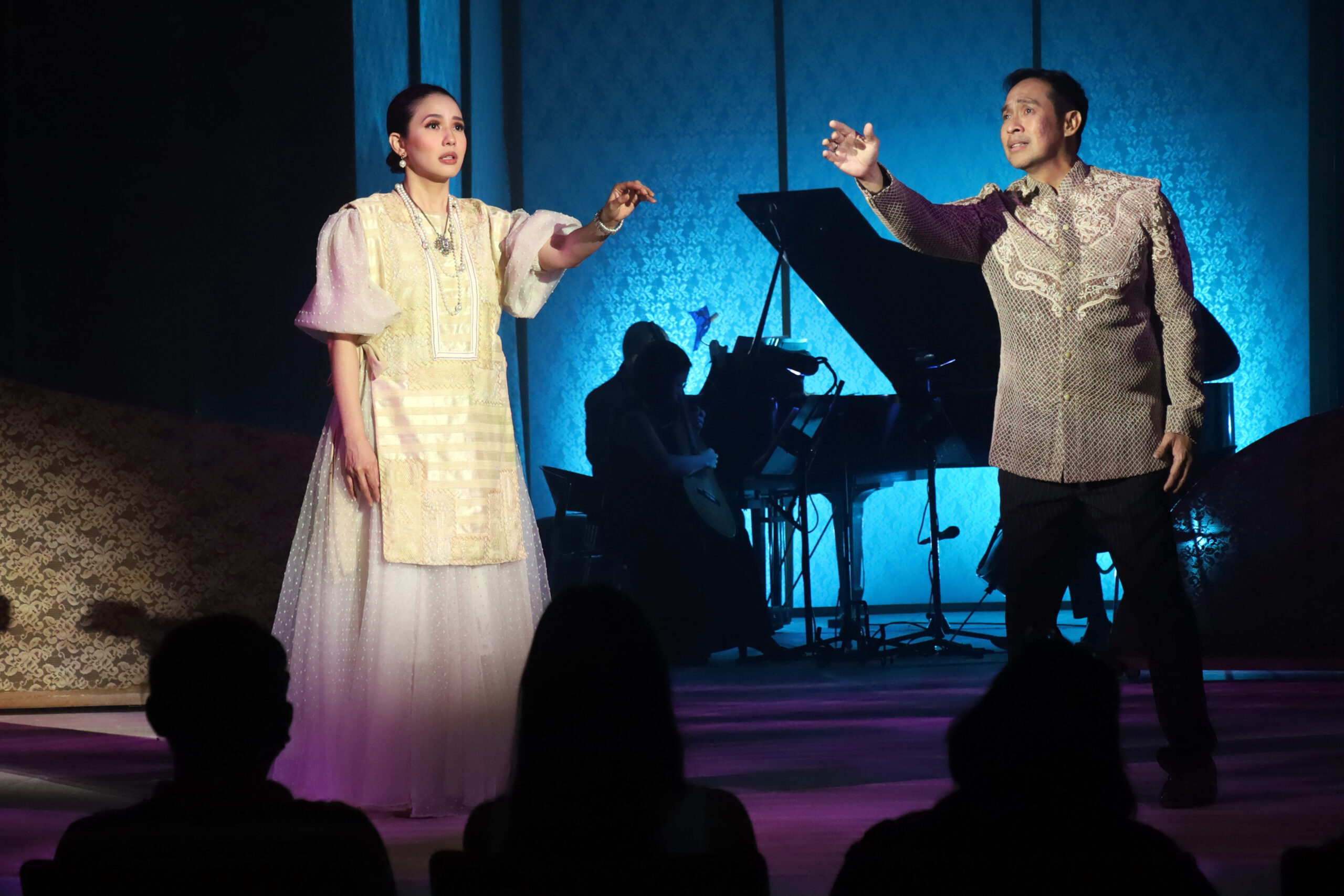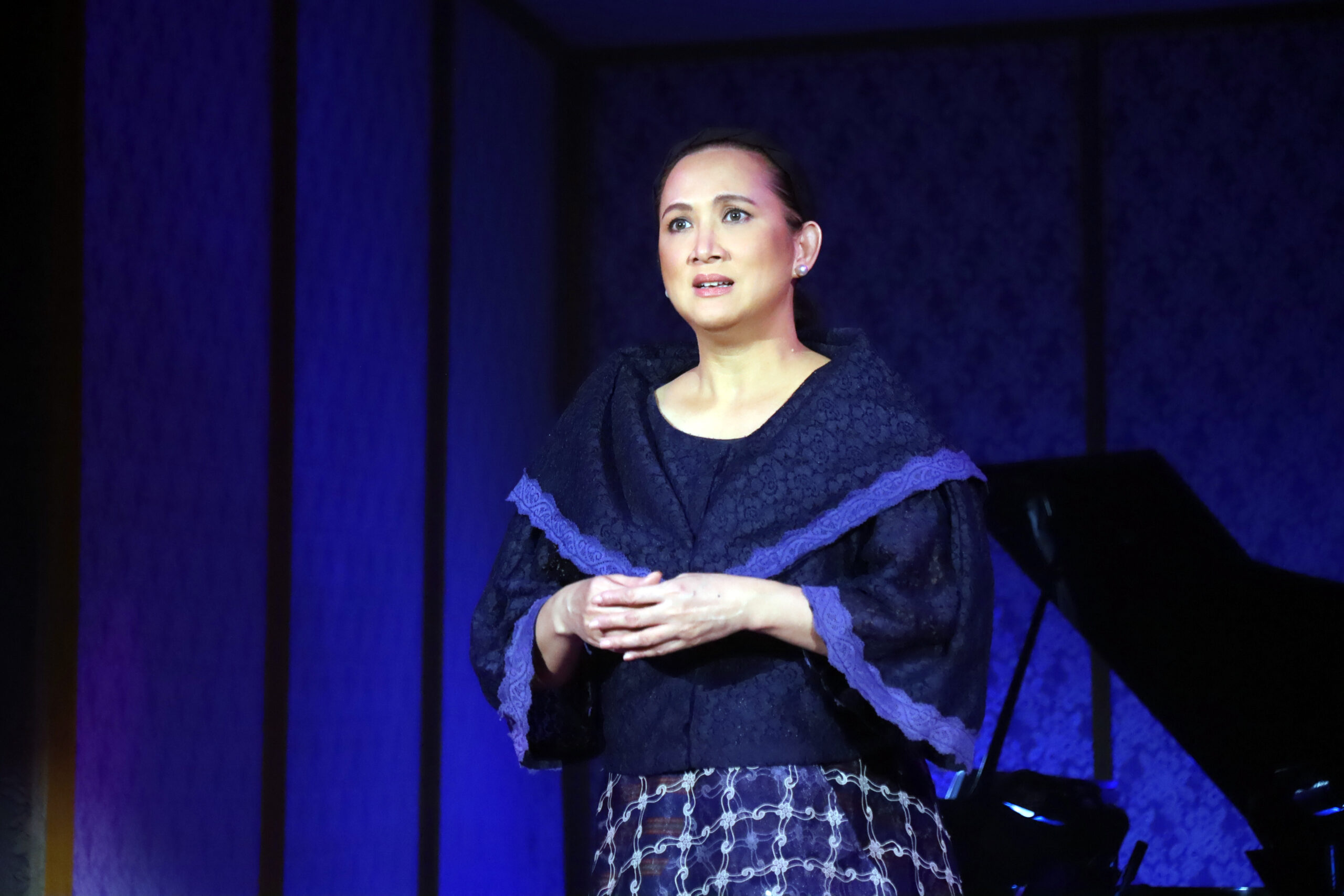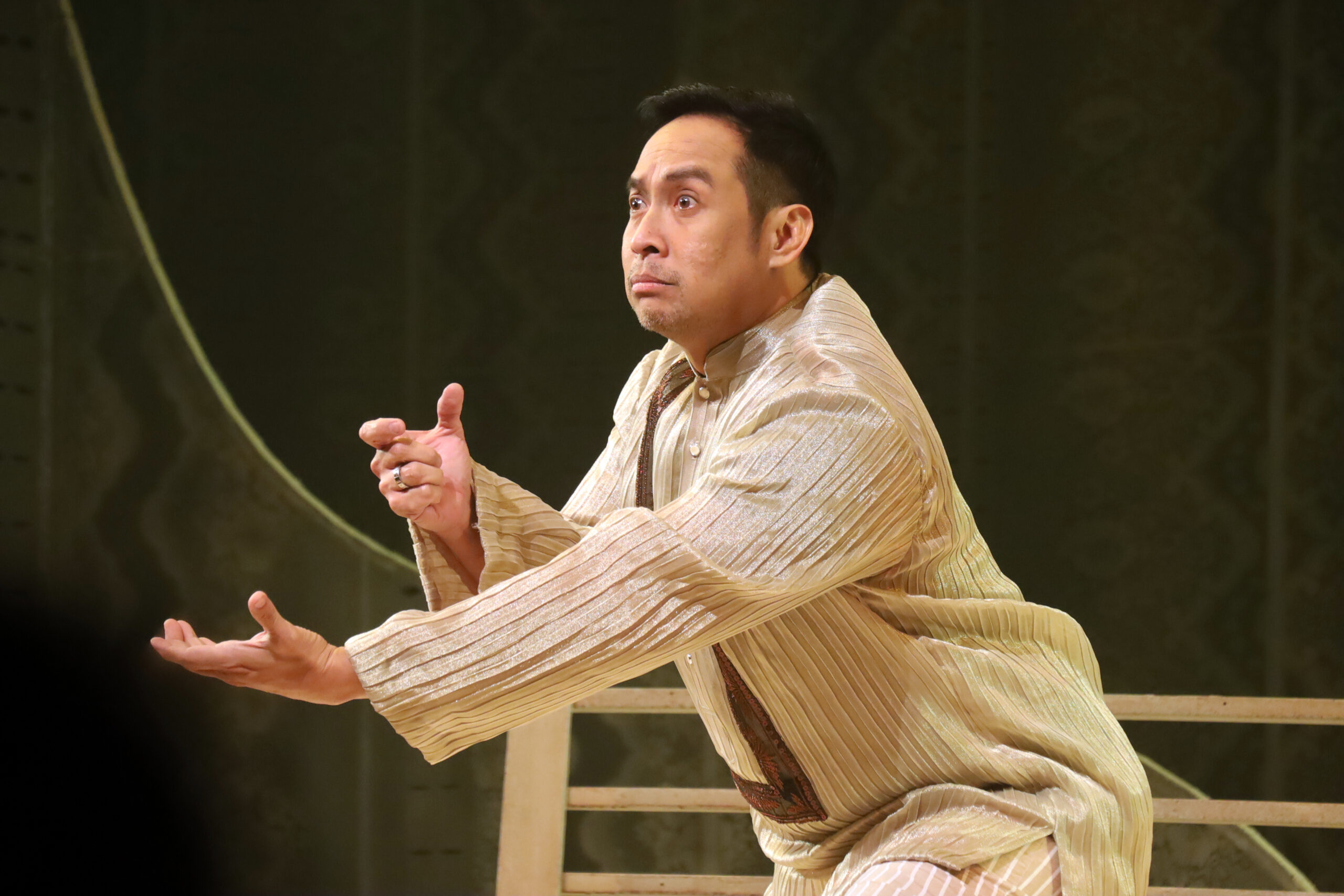I am rather embarrassed and sorry for myself that I have only seen one zarzuela — mind the old Spanish spelling, that’s how long ago it was. I watched Walang Sugat while I was posted for a decade in the United States in a previous life. To make matters worse, I frequented West End plays and other concerts of choice in the United Kingdom when I was a London resident for almost 15 years. This is not counting the trips to New York, where Broadway shows were integral parts of our itineraries.
But sad to say, there were no other variants of the traditional Philippine melodic genre. So when dear friend from way back when and present Cultural Center of the Philippines president Margie Moran Floirendo invited me to an evening of sarsuwelas — note the Filipino spelling — I had to redeem myself and immediately grabbed the opportunity.

Sarsuwela is the Filipino version of the Spanish art form which alternates musical and spoken scenes, together with operatic and dance numbers.
The CCP Tanghalang Ignacio Gomez, commonly known as the Black Box Theater, played host to masters of the musical craft for a grand night of lyrical and melodical excellence, entitled Isang Gabi ng Sarsuwela.
“The CCP Out-Of-The-Box: Isang Gabi ng Sarsuwela sets in motion our direction to produce pioneering and progressive performances that bridge the gap in our current programming, while developing the most relevant values and benefits that our audiences want and need,” Floirendo’s playbill message stated.
“Through this concert,” Floirendo continued, “We hope you will all discover a new appreciation for our sarsuwela and gain awareness of the richness of our culture and heritage.”
“Spanish troupes introduced the zarzuela to our shores in the late 19th century, and its mix of romantic drama and musical numbers proved to be a favorite wherever in the islands they performed. It was not surprising that the form was adopted and indigenized to tackle themes and social realities faced by the nascent nation,” wrote CCP vice president and artistic director Dennis Marasigan.
Eight talented thespians alternatively belted out and crooned heartbreaking notes — all heartfelt melodies throughout the evening. They took to the stage individually, as a pair, trio and the whole ensemble.
The ladies included sought-after soloist and vocal coach Nenen Espina; award-winning actress, singer and producer Ayen Munji-Laurel; muse of many musicals, Shiela Valderrama Martinez; and popular It’s Showtime host Karylle Tatlonghari.
They were joined by the gentlemen, namely, performing arts stalwart Franco Laurel; multi-awarded singer, songwriter and three-time Awit Awards nominee for Best Male Recording Arist of the Year Reuben Laurente; veteran actor and lauded tenor Lorenz Martinez; and a senior member of the Tanghalang Pilipino Actors Company and 13-time Philstage Philippines nominee Jonathan Tadioan.
In cooperation with Tanghalang Pilipino, the repertoire featured the prominent snippets from popular sarsuwelas such as Ang Palabas Bukas, which follows the adventures of a young provincial lass who dreams to be a famous star in Manila but discovers the difference between real and stage life; Palasyo ni Valentin, a tragic romance story set on the day before Japanese warplanes dropped the first bombs in Intramuros; and Dalagang Bukid, the most popular Tagalog sarsuwela of its time, focusing on Angelita and her journeys to find true love.
Also included were National Artist Bienvenido Lumbera’s Hibik at Himagsik Nina Victoria Lactaw, which exposes the realities of Filipino women who were rape victims of American soldiers during the war; Paglipas ng Dilim, in three acts, which tells the tale of new Medicine graduate Ricardo and his misadventures; and Pilpinas Circa 1907, a commentary between Filipino and American interests in the local economy, politics and education.
Also in the show, Sa Bunganga ng Pating explores an unusual theme in the genre, the use of peaceful means and due process, to fight abuses of power, and the classic Walang Sugat focuses on the injustices suffered by Filipinos under Spanish colonial rule.
The musical director was Joed Balsamo, one of the generation’s most in-demand composer, musical director, arranger and orchestrator. He was supported by a trio of musicians, namely, Farley Asuncion on the piano, Iqui Vinculado on the guitar and Enrico Tuazon on the cello.
The artistic team was composed of director Dennis Marasigan, set designer Ohm David, lighting designer D. Cortezano, sound designer TJ Ramos, costume consultant Daniel Gregorio and hair and makeup artist Rommel Serrano.
